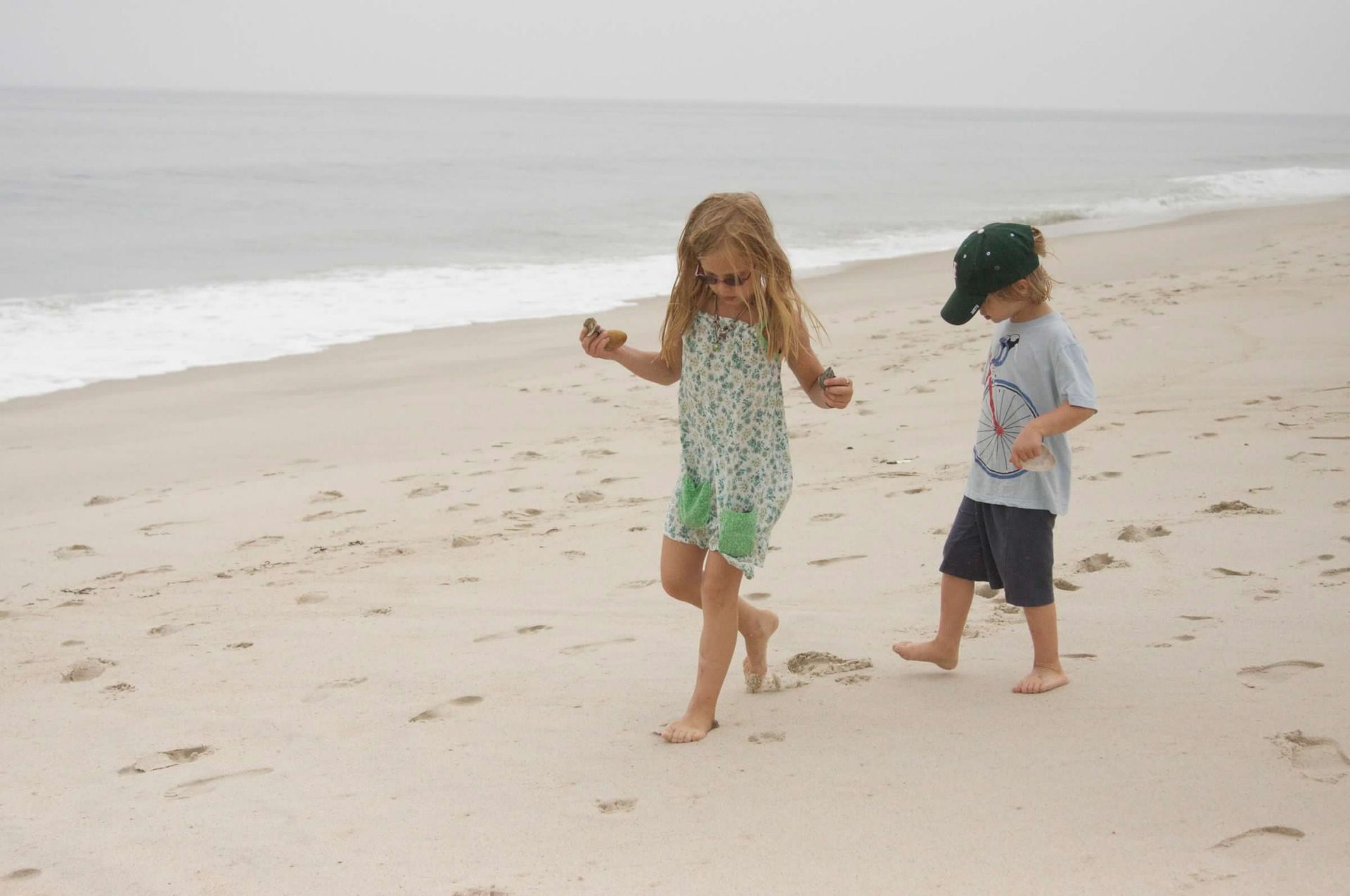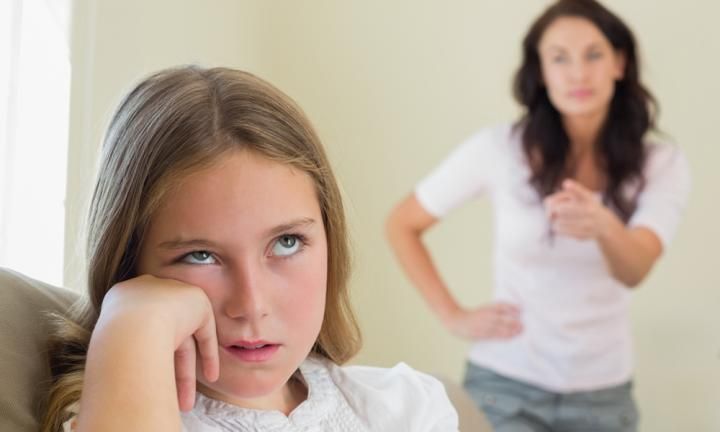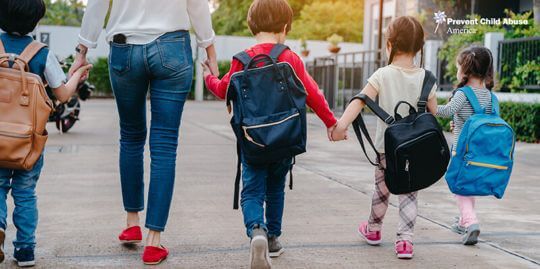The Power of Gratitude
ONE simple practice can impact 35 areas of your life

If you’re looking for simple ways to boost positive feelings (and outcomes) in every area of your life, I have some great news. It’s easy and it’s free and it’s backed by scientific research!
It has an effect on everything from your sleep to confidence, and even lengthening your life.
This little miracle is the practice of gratitude. And below I’ll show you how you can teach it to your children in 3 easy ways.
Because research has shown that practicing gratitude can have a profound impact on your mental and emotional well-being and enhance feelings of happiness and an overall positive mindset. (Who doesn’t want that!?)
It also helps with emotional regulation, your relationships, helps build resilience (by shifting focus from what’s wrong, to what’s good), and emotional intelligence.
When our children are young we teach them to say “thank you”. It’s a social norm, right? And we want our kids to appreciate things. But it becomes a reflex in a way that removes the best part...
We often don’t even feel anything when we say it!
So how do we instill true appreciation and authentic gratitude in our children and make it a regular part of their lives so they can reap all the benefits it offers?
1. Be a role model:
Show your kids what it means to be grateful. Thank them when you notice them doing something you asked or something you didn’t. Mention when you observe something helpful or something you like.
2. Make gratitude a part of your child’s routine:
At the end of the day or at dinner tell each other 3 things you are grateful for/liked about the day. Even if it was a “bad” day this will help your child(ren) see the light through the dark.
3. Find ways to say “thank you” to those who help (ie. teachers, bus drivers, security guards)
Make a card, or cookies, or just offer a smile and “thanks”.
These are just a few ideas, but the list is endless. Making gratitude part of your family’s daily routine will help make this practice a lifelong habit.
If you would like personalized support in how to implement this, book your FREE 30-minute call here-- Only 2 spots left for December.
Warmly (and gratefully),
Andrea
P.S. And if you're curious about the science (like I am!) here’s the article OR below is a concise summary of the 35 scientific benefits of gratitude:
1.Affirmation of Goodness: Gratitude acknowledges positive aspects of life and sources of goodness from others.
2. Improved Sleep: Practicing gratitude fosters positive thoughts, leading to better sleep quality.
3. Lowered Blood Pressure: Grateful individuals often exhibit healthier lifestyles, contributing to lower blood pressure.
4. Reduced Overeating: Gratitude helps increase willpower against unhealthy eating habits.
5. Higher Exercise Motivation: Grateful people tend to be more active and engage in healthier physical behaviors.
6. Stronger Immune System: Gratitude enhances immune function, reducing the risk of diseases.
7. Increased Pain Tolerance: Regular gratitude practice helps mitigate sensitivity to pain.
8. Better Blood Sugar Control: Grateful individuals may experience better glucose management.
9. Extended Lifespan: Gratefulness correlates with longevity, reducing heart disease risk.
10. Support for Heart Patients: Gratitude can lower inflammation in patients with heart conditions.
11. Boosted Self-Confidence: Gratitude can enhance self-esteem, particularly in athletes.
12. Improved Patience: Grateful people exhibit better patience and delay gratification.
13. Enhanced Resilience: Gratitude promotes positive outcomes post-trauma, helping build resilience.
14. Reduced Envy: Practicing gratitude shifts focus from what others have to personal blessings.
15. Increased Optimism: Gratitude interventions lead to a more positive outlook on life.
16. Less Materialism: Gratitude encourages appreciation of non-material aspects of life, enhancing overall well-being.
17. Greater Forgiveness: Thankfulness can enrich interpersonal relations and facilitate forgiveness.
18. Support in Depression Management: While it doesn’t cure depression, gratitude can alleviate its symptoms and enhance well-being.
19. Aid in Recovery from Addiction: Gratitude fosters humility and promotes a positive outlook during recovery.
20. Enhanced Vitality: Grateful individuals often exhibit higher energy levels.
21. Spiritual Enrichment: Gratitude is a significant aspect of many spiritual practices.
22. Mood Enhancement: Regular gratitude practice improves overall mood and emotional health.
23. Effective Grief Management: Gratitude helps address sorrow by focusing on what remains.
24. Positive Memory Reinterpretation: It allows individuals to revisit memories positively, aiding closure.
25. Increased Long-Term Happiness: Regular gratitude practice can enhance happiness by over 10%.
26. Strengthened Romantic Relationships: Expressing gratitude improves the quality of romantic partnerships.
27. Improved Friendships: Gratitude reinforces bonds and enhances communication with friends.
28. Enhanced Family Support: Grateful families fare better emotionally and face challenges more effectively.
29. Fostering Healthy Social Circles: Grateful individuals attract like-minded, positive people.
30. Employee Retention: Gratitude in the workplace encourages employees to stay longer.
31. Heightened Productivity: Workers feel more motivated and productive when appreciated.
32. Better Colleague Relationships: Gratitude nurtures a positive work environment and camaraderie.
33. Improved Decision-Making: Gratitude cultivates patience, aiding in more effective choices.
34. Increased Fulfillment at Work: Expressing gratitude gives meaning and purpose to one’s work.
35. Fostering a Positive Work Environment: Gratitude contributes to a healthier and more supportive workplace.











